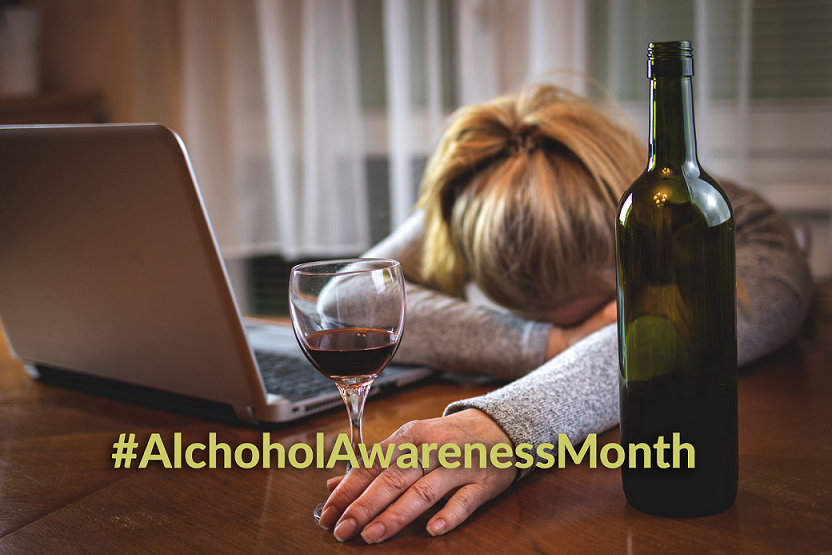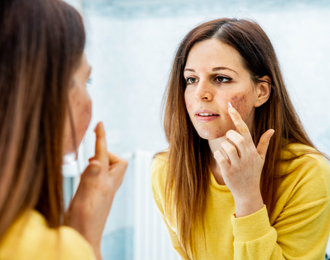Alcohol-related liver disease on the rise amid increased pandemic drinking.

During the pandemic, men and women are increasing the frequency of their binge drinking episodes.
Cirrhosis can take years to develop. There has been a rise during the pandemic in cases of alcoholic hepatitis, an inflammation of the liver caused by drinking alcohol.
Alcoholic hepatitis can develop over weeks and months versus the years it may take for liver cirrhosis.
Many people are drinking very heavily, and then they’re getting all the same symptoms of fluid in their belly and jaundiced.
Alcoholic hepatitis, which can develop suddenly, can lead to liver failure and death.
According to the CDC, a moderate alcohol intake per week for women is seven or fewer alcohol servings. For men, it is 14 servings or less per week.
One serving of alcohol is five ounces for wine and just one-and-a-half ounces for hard liquor, far less than what bars serve in bars, restaurants, and people’s homes.
Women should consider drinking half of what men do. Their bodies process alcohol differently, which also puts them at greater risk for alcoholic hepatitis and other alcohol-related liver diseases.
Women are more susceptible to alcohol. Bodies react in relation to their body composition.
Women may also believe that wine does not affect the body the same way as other alcohol, like hard liquor. The liver is affected the same way with wine and hard liquor. It’s the same.
The damage may be reversible in the earlier phases of liver disease, including cirrhosis and alcoholic hepatitis. If you stop drinking in the early stages of liver disease, it’s pretty much reversible if you stop drinking.
Familiarize yourself with the recommended serving sizes of alcohol.
Alcohol is a potentially toxic drug and it doesn’t take a great deal to cause significant organ damage.





